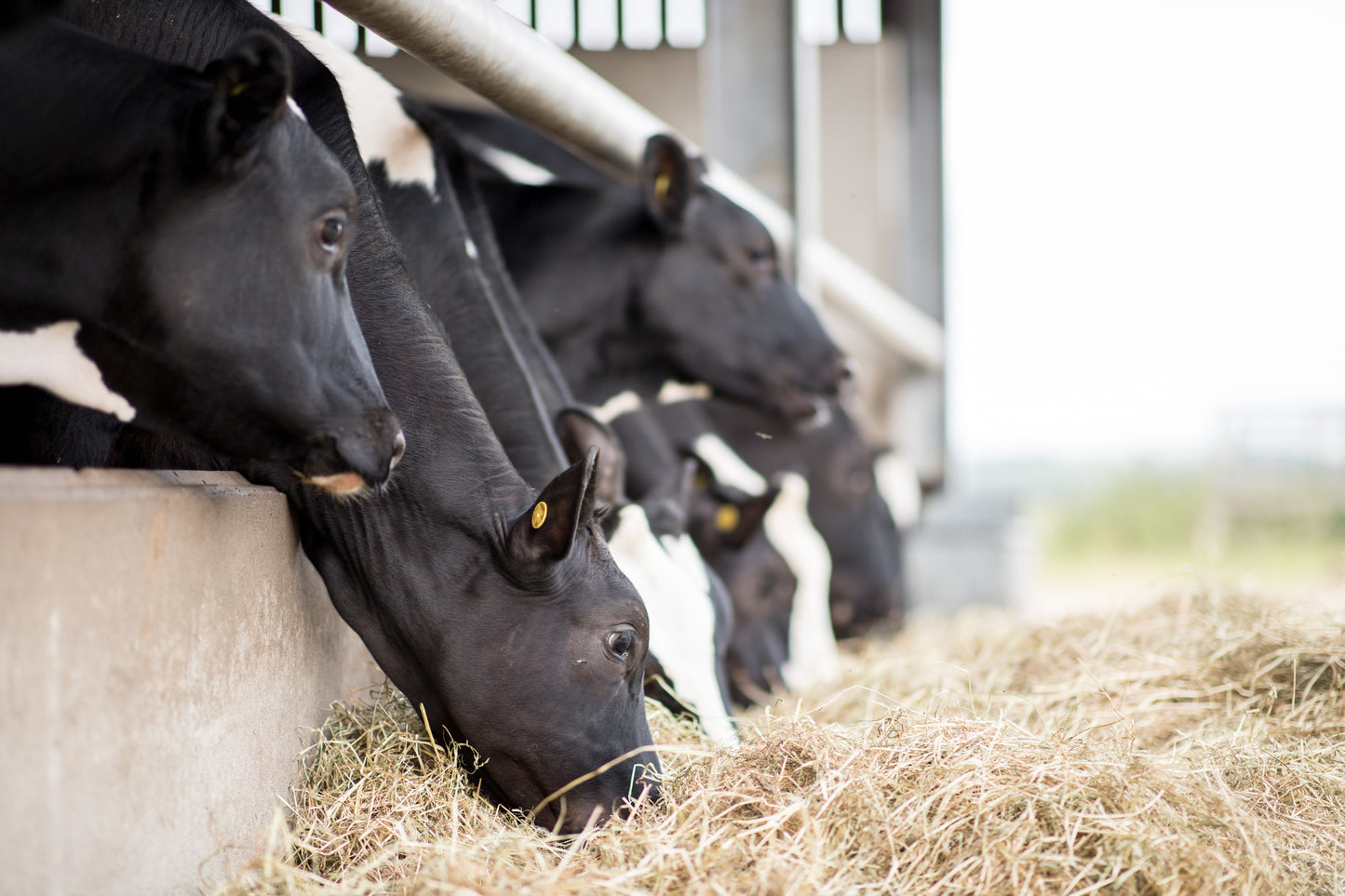Mycosorb A+ Farm Pak 25KG
Mycosorb A+ Farm Pak 25KG
Couldn't load pickup availability
Mycotoxins impact animal health and your profits. To help you fight the threat from mycotoxins faster we developed Mycosorb A+.
Mycosorb A+ reduces mycotoxin absorption within the animal, thereby negating the damaging effects of mycotoxins on its health and productivity.
The unique technology behind Mycosorb A+ makes it one of the most advanced mycotoxin binders available. Its superior binding capabilities, broader adsorption profile and increased mycotoxin sequestration efficacy sets it apart from competitor products.
So how does it work? Mycosorb A+ reduces the risk of mycotoxins to an animals body by the process of adsorption. Adsorption is the process by which carbohydrate components of yeast and algae cell walls bind to mycotoxins, removing them from the animals digestive tract.
The main component of Mycosorb A+ is the yeast Saccharomyces Cerevisiae. This unique strain is grown under specific conditions to allow for the formation of specific carbohydrates on its cell wall.
Factors such as the sugar type used during the production of the yeast affect the types of specific carbohydrates that the Saccharomyces cerevisiae will produce. The correct sugar types are vital to produce the complex and mycotoxin-specific carbohydrate network found in Mycosorb A+ and so we monitor the sugar types closely during production.
Adsorption subsequently takes place in the digestive tract of animals between the binding sites of the specific carbohydrates and mycotoxins.
As well as containing yeast, Mycosorb A+ also contains algae. The algae are heterotrophic and are also grown under specific conditions to produce specific carbohydrates for the adsorption of mycotoxins. Alone, algae has adsorption properties, however it is capable of targeting different mycotoxins to the yeast. Therefore, by combining the two, an even larger range of mycotoxins can be adsorbed.
Mycosorb A+ offers farmers and producers a solution that limits the effects of more mycotoxins than ever before and mirrors far more closely the true challenge found in naturally contaminated feeds.
Share


